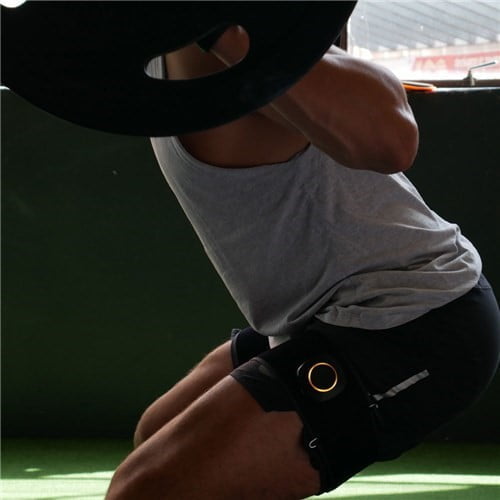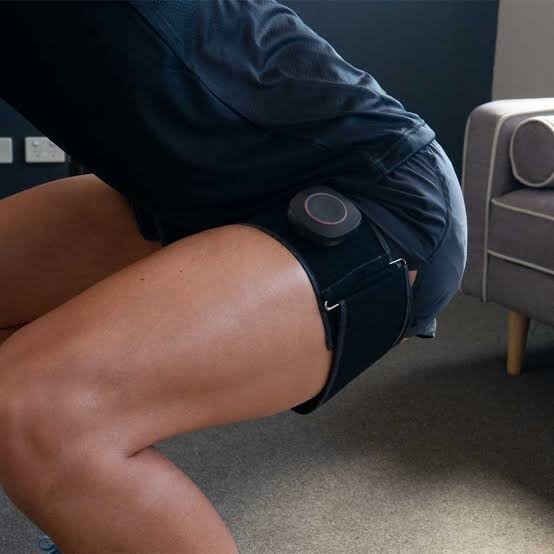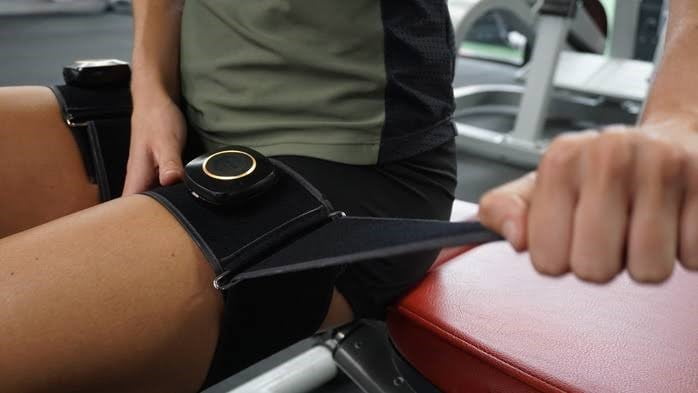Blood flow restriction (BFR) training is becoming an increasingly popular training method in both strength and conditioning and rehabilitation settings throughout the Australian sporting system.
BFR training involves partially restricting blood and oxygen flowing into the muscles and completely restricting blood flowing out of the same muscles using pressurised cuffs such as AirBands. It is predominantly used in conjunction with resistance exercise however it can also be used with aerobic exercise such as cycling.
BFR training is an effective tool to increase muscle strength and hypertrophy (muscle size). High levels of metabolic stress (due to the decreased oxygen flow) are thought to play the dominant role in these effective adaptations as well as increased mechanical tension from loading the muscle. Secondary effects such as increased systemic and local hormone production, increased fast-twitch muscle fibre recruitment and cell swelling are also thought to contribute to increases in muscle strength and hypertrophy.
BRF training combined with low-load resistance training is not any more effective in increasing muscle strength and hypertrophy than ‘normal’ resistance training. Where BFR is effective is for those that are load-compromised, such as an athlete who has recently undergone an ACL reconstruction and is unable to lift high-loads, or someone who has knee osteoarthritis and cannot squat as heavy as they’d like due to pain. In healthy populations, BFR is effective for those who are recovering between high intense training sessions and need to fit additional training sessions into their busy schedule. Aerobic exercise combined with BFR training may also be considered to improve cardiorespiratory endurance as well as muscle strength and hypertrophy.

So how does BFR training work exactly?
If we use the athlete who has recently undergone an ACL reconstruction as an example, they could perform a bodyweight squat for four sets, completing 30 reps in the first set followed by 15 reps in the remaining three sets. They could follow this up with cycling at “light” intensity (<50% of their VO2 max), for 15 minutes. As you can see, this is very low load but the use of BFR throughout this program will make you feel like you’ve done a heavy session under the barbell without actually putting the knee through that stress.

If you would like to know whether BFR training is a suitable option for you or would like to book an appointment to perform BFR training please get in contact with us via phone or online via our website.

